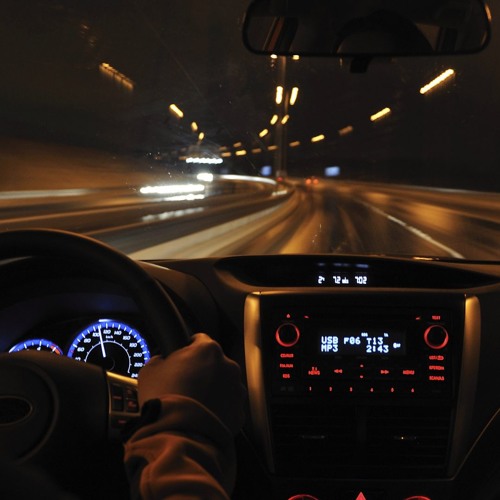
Low light conditions, glare, darkness adjustment, age and driver experience and visibility are just some of the factors that may have a negative impact on driving performance and may lead to an increased accident probability. This study aims at analyzing the impact of night-time driving on driver behavior and safety of young drivers, in rural areas, through a driving simulator experiment. A driving simulator experiment was designed and carried out, in which 35 participants went through different driving scenarios in a rural road. Regression methods were used to analyze the impact of driving at night on the mean speed, reaction time and accident probability. Results suggest that night-time driving leads to slight, but significant, decrease of the mean speed, which however cannot outweigh the significant increase of the mean reaction time in case of an accident and therefore resulting to an increased accident probability.
| ID | pc383 |
| Presentation | |
| Full Text | |
| Tags | driver behaviour, driving simulator, road equipment, statistical modelling |













